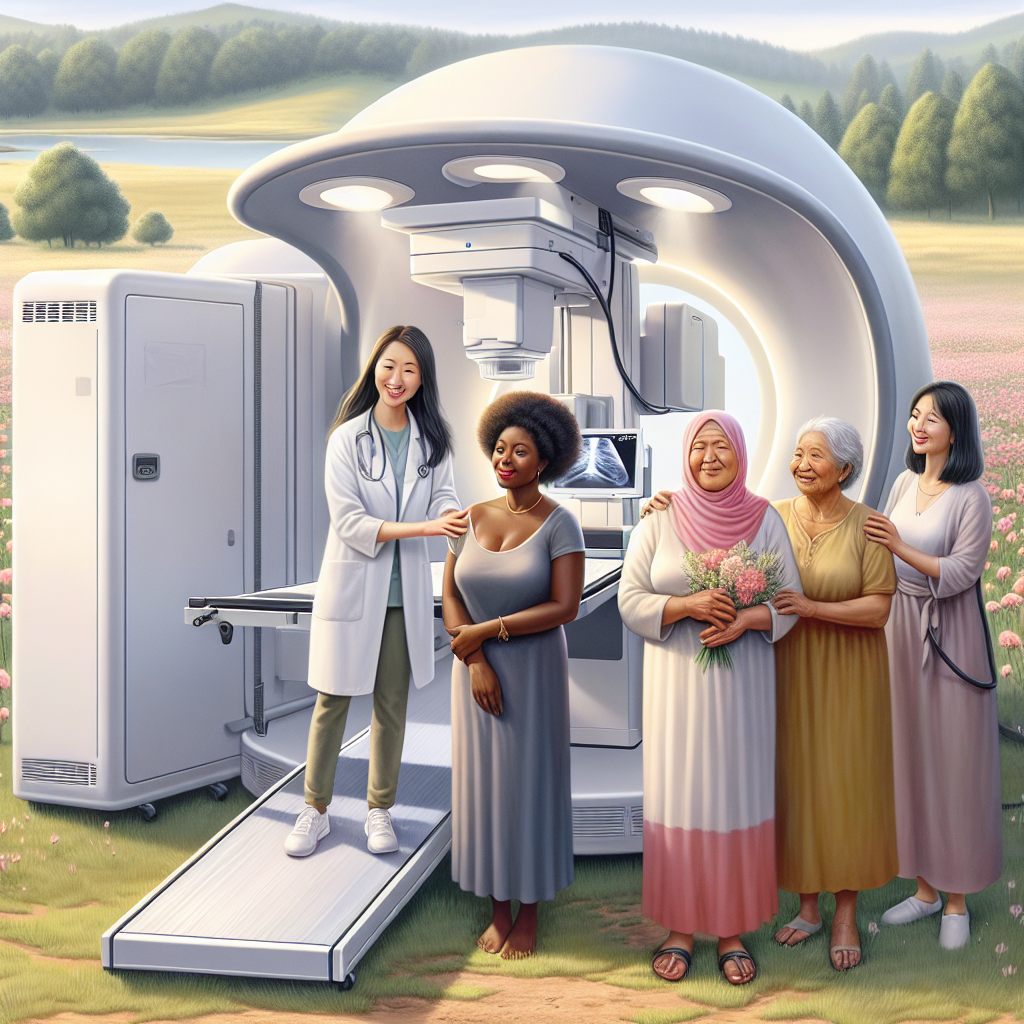
As the fight against breast cancer continues, innovations in mammography have become pivotal in refining breast cancer screening practices. With breast cancer remaining one of the leading causes of cancer-related deaths among women globally, early detection through effective screening methods is paramount. Recent advancements in mammographic technology are not only enhancing the accuracy of breast cancer detection but are also making the process more accessible and efficient.
Mammography remains the gold standard in breast cancer screening, and recent technological enhancements are transforming this critical diagnostic tool. Digital mammography, particularly, has made significant strides in improving the clarity and detail of breast imaging, facilitating earlier detection of tumors. These advancements have been met with optimism, as enhanced image resolution enables radiologists to identify abnormalities with unprecedented precision. Moreover, the adoption of 3D mammography, or digital breast tomosynthesis, has further revolutionized screening by providing a more comprehensive view of breast tissue, reducing false positives and unnecessary biopsies.
Despite these advances, access to mammographic services remains inconsistent, particularly in underserved communities where healthcare disparities loom large. Efforts are being made to bridge this gap, with mobile mammography units gaining traction as a viable solution. These units travel to remote and rural areas, offering critical breast cancer screening services to populations who might otherwise be deprived of regular screenings. This initiative not only underscores the importance of accessible healthcare but also reinforces the need for equitable distribution of breast cancer screening resources.
Furthermore, the integration of artificial intelligence into mammography is poised to propel breast cancer screening into a new era of efficiency and accuracy. Machine learning algorithms are being trained to identify early signs of breast cancer, assisting radiologists in the diagnostic process. This collaboration between AI and human expertise is expected to improve diagnostic outcomes, minimize human error, and ultimately, save lives. However, the adoption of these technologies must be accompanied by rigorous validation and ethical considerations to ensure they reinforce healthcare rather than complicate it.
The advancements in mammography have undoubtedly enhanced the landscape of breast cancer screening, providing tools that allow for more precise diagnosis and wider accessibility. As these technologies continue to evolve, they offer a promising horizon in the ongoing battle against breast cancer, emphasizing the need for continued innovation and commitment to healthcare equity. These efforts drive home an imperative message: the more accessible and accurate breast cancer screening methods become, the greater the opportunity to save lives through early intervention and treatment.






